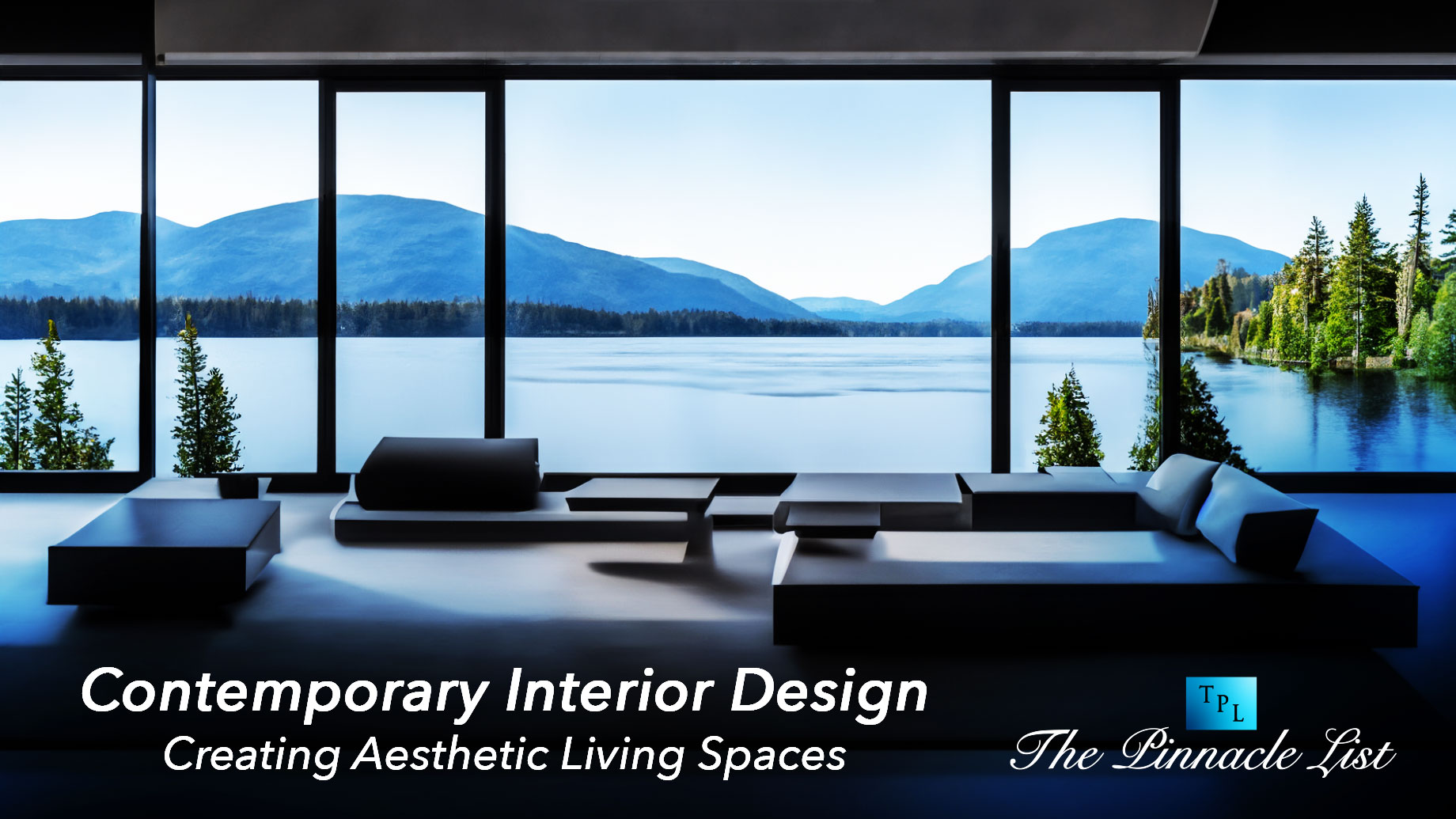
Welcome to a world where design meets functionality, and elegance intertwines with simplicity – the realm of contemporary interior design. In this article, we’ll delve into the art of creating stunning living spaces that reflect the essence of modern times. From the fundamentals that underlie this aesthetic to practical tips and examples, we’ll explore how to infuse your home with the spirit of contemporary interior design.
Contemporary Interior Design: A Fusion of Form and Function
Contemporary interior design is more than just arranging furniture; it’s about crafting an experience. It marries minimalism with functionality, clean lines with bold statements, and neutral tones with vibrant accents. This design style thrives on creating open, uncluttered spaces that inspire creativity and relaxation. The Art Leon swivel chair fits nicely into this style.
Key Principles of Contemporary Interior Design
To master the art of contemporary interior design, you need to grasp its core principles:
Balance:
Achieving balance through symmetrical or asymmetrical arrangements of furniture and décor elements ensures a harmonious look.
Minimalism:
Less is more. Embrace simplicity and eliminate unnecessary clutter to create a clean and inviting environment.
Natural Light:
Ample natural light not only brightens up spaces but also blurs the line between indoors and outdoors.
Neutral Color Palette:
Neutral colors form the foundation of contemporary design. Whites, grays, and muted tones serve as the backdrop for bold accents.
Functional Furniture:
Furniture should be stylish yet practical. Opt for pieces that serve multiple purposes to maximize space. You can check out the Art Leon brand furniture collection.
Open Space:
The concept of open space blurs the lines between different areas, promoting a sense of freedom and fluidity.
Textures and Materials:
Incorporate a mix of textures like glass, metal, wood, and stone to add depth and visual interest.
Exploring Contemporary Interior Design Elements
Clean Lines and Geometric Shapes:
Contemporary design celebrates crisp, straight lines and geometric shapes, adding a sense of sophistication to the space.
Statement Lighting:
Unique and artistic lighting fixtures serve as both functional elements and captivating focal points.
Artistic Expression:
Integrate modern artworks and sculptures to infuse personality and creativity into the design.
Functional Artifacts:
Incorporate functional artifacts that serve a purpose beyond decoration, adding a sense of uniqueness.
Tech Integration:
Seamlessly integrate technology into the design, creating a futuristic and convenient living space.
Sustainable Practices:
Embrace eco-friendly materials and energy-efficient solutions to align your design with environmental consciousness.
Transforming Your Space: Tips and Tricks
Furniture Placement:
Arrange furniture to encourage conversation and movement while maintaining an uncluttered appearance.
Accentuate with Colors:
Add vibrancy with bold accent colors through accessories like pillows, rugs, and artworks.
Spatial Zoning:
Use furniture and décor to define different zones within an open floor plan, creating functional areas.
Incorporating Nature:
Bring the outdoors in with indoor plants, natural textures, and large windows that provide a seamless connection to nature.
Mixing Textures:
Experiment with various textures and finishes to create depth and contrast.
Decluttering Strategies:
Utilize smart storage solutions to keep the space organized and clutter-free.
Conclusion
Contemporary interior design is a captivating blend of aesthetics, functionality, and innovation. By embracing its principles and experimenting with its elements, you can transform your living spaces into havens of style and comfort. Remember, the heart of contemporary design lies in creativity, balance, and the harmony of modern living.
FAQs
- Q: How is contemporary interior design different from modern design?
- A: While modern design refers to a specific era, contemporary design is ever-evolving and encompasses what’s currently in vogue. It borrows elements from various styles and eras, focusing on the “now.”
- Q: Can I incorporate vintage items into contemporary design?
- A: Yes, you can. However, choose carefully and balance vintage items with modern elements to maintain the overall aesthetic.
- Q: Is minimalism the only way to achieve contemporary design?
- A: While minimalism is a key aspect, contemporary design can be achieved while accommodating individual preferences, as long as the core principles are retained.